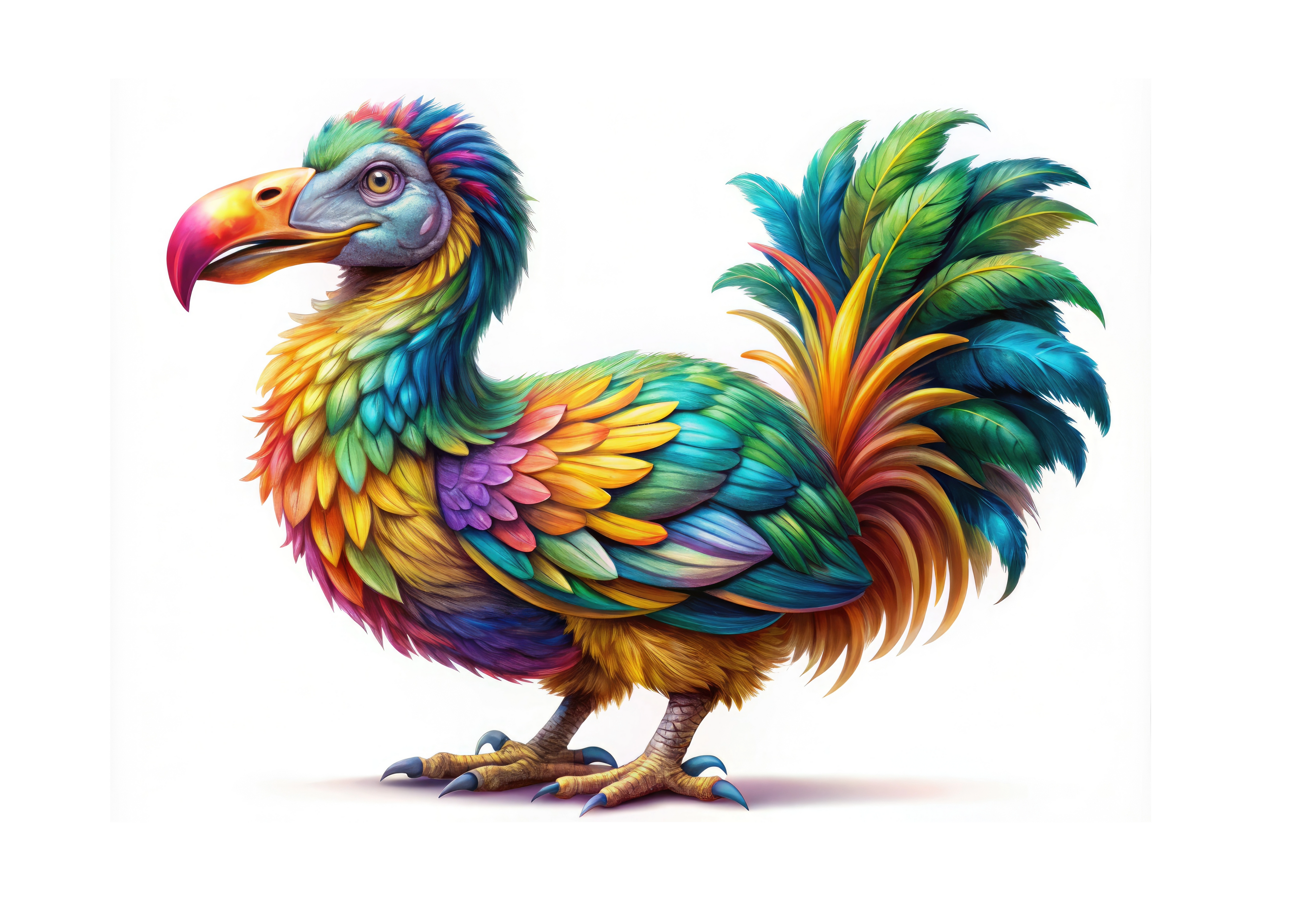
How We Know What the Dodo Looked Like
How We Know What the Dodo Looked Like
Ever wondered how we paint a picture of a bird extinct for over 300 years? The Dodo’s appearance is pieced together from a fascinating mix of historical accounts, rare sketches, and sparse fossil evidence. Early European sailors, like the Dutch in Mauritius, described the Dodo as a plump, flightless bird with a quirky, oversized beak and small, useless wings. Their journals noted its greyish-blue feathers, stout legs, and a tufted tail, giving us a vivid, if sometimes exaggerated, snapshot.
Artistic sketches from the 17th century, such as those by Dutch painter Roelant Savery, provide some of the best visual clues. These drawings, often based on live or stuffed Dodos brought to Europe, show a rounded body and distinctive hooked beak. However, some images may have been embellished for dramatic effect, as was common in early naturalist art. Fossils, including skulls and leg bones found in Mauritius’ Mare aux Songes swamp, confirm the Dodo’s size—about 3 feet tall—and robust build. Modern reconstructions, blending these bones with genetic studies of related pigeons, refine our understanding of its look and behavior.
Curious to see the Dodo for yourself? Check out our resources to visualize this iconic bird!
- Free Dodo Coloring Pages – Bring the Dodo to life with printable activities.